Blog
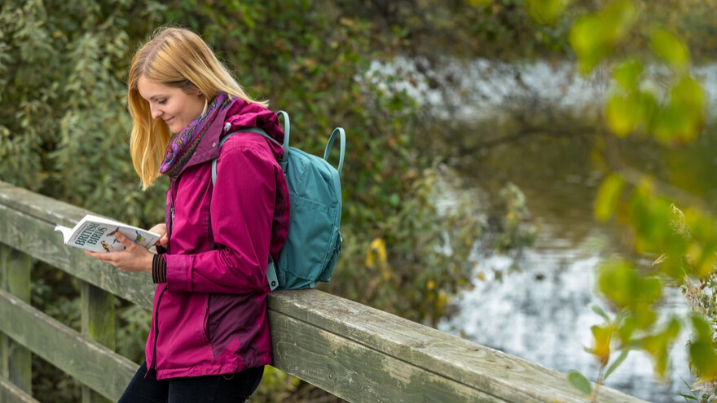
Bird watching for beginners: advice for a first-time birder
To help you get the most out of your first bird watching experience, we asked Sam Walker, who recently got into birding, what advice he has for newbies.
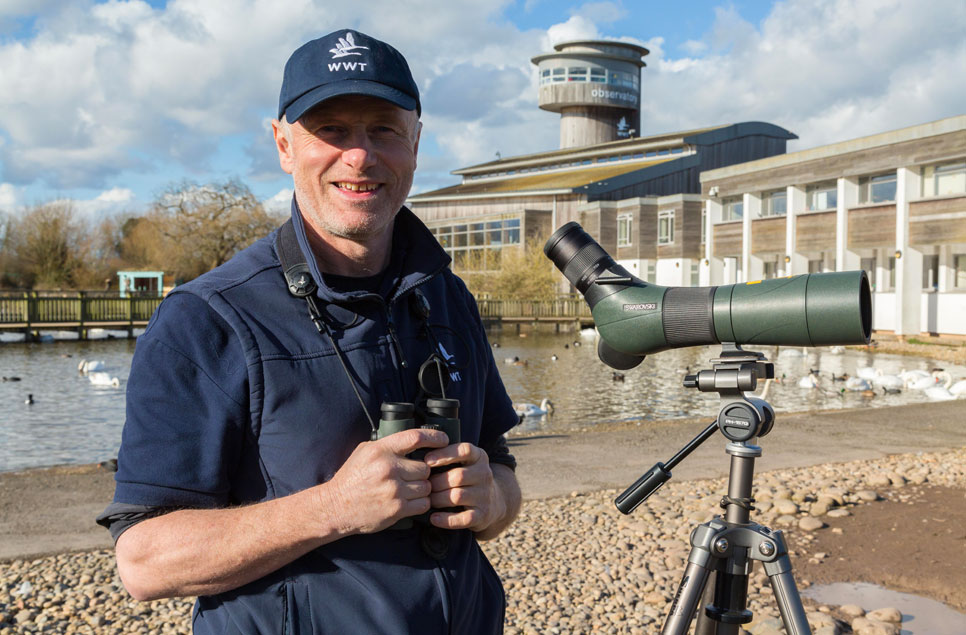
Q&A with Reserve Manager, Dave Paynter
I’ve worked at Slimbridge for 38 years. Over the last few decades there has been a shift away from focussing on just a couple of species into managing many more, broader species at our reserves. More people are now aware of conservation and the
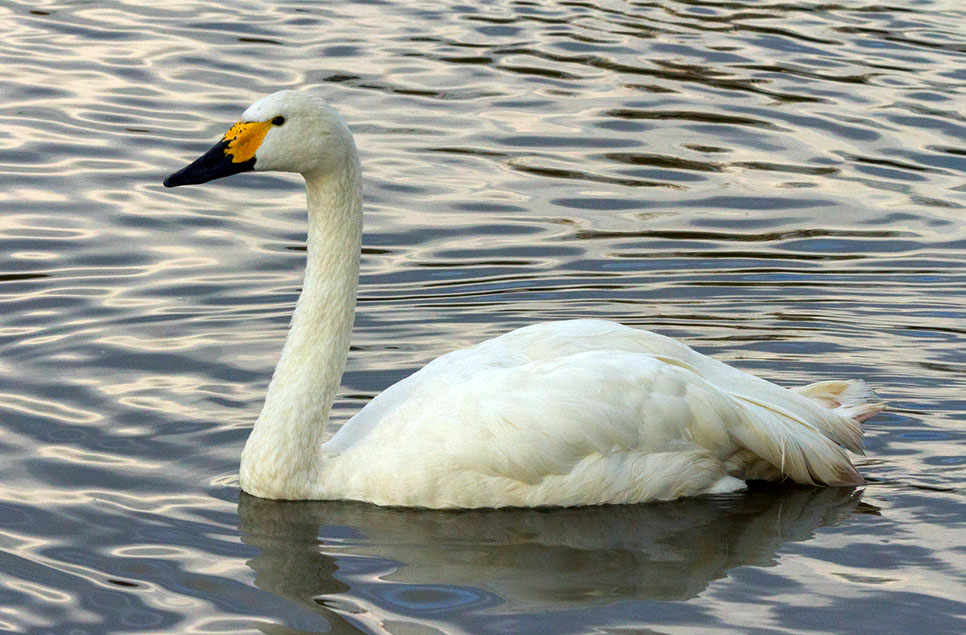
Which swan's which? How to tell the difference between swan species
Did you know there are 3 species of swan who live in the UK at least some of the year? The UK is home to three types of swan: mute, Bewick’s and whooper. Learn to identify the difference between the migratory swan species.
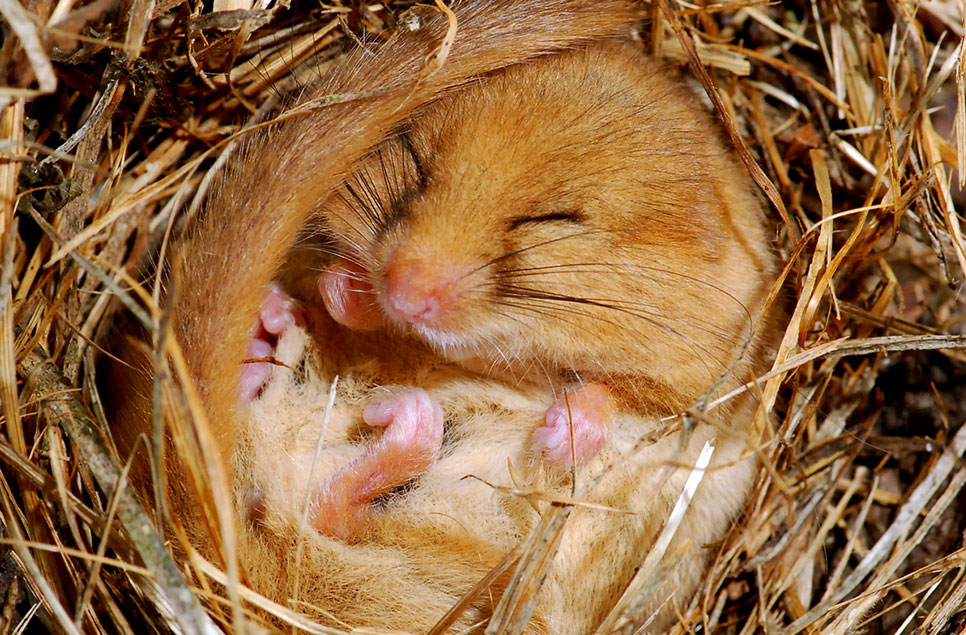
Which animals hibernate in the UK? And how you can help them
Find out how and why animals hibernate, how hibernation actually works, and which wetland animals use hibernation as a survival technique during winter in the UK.
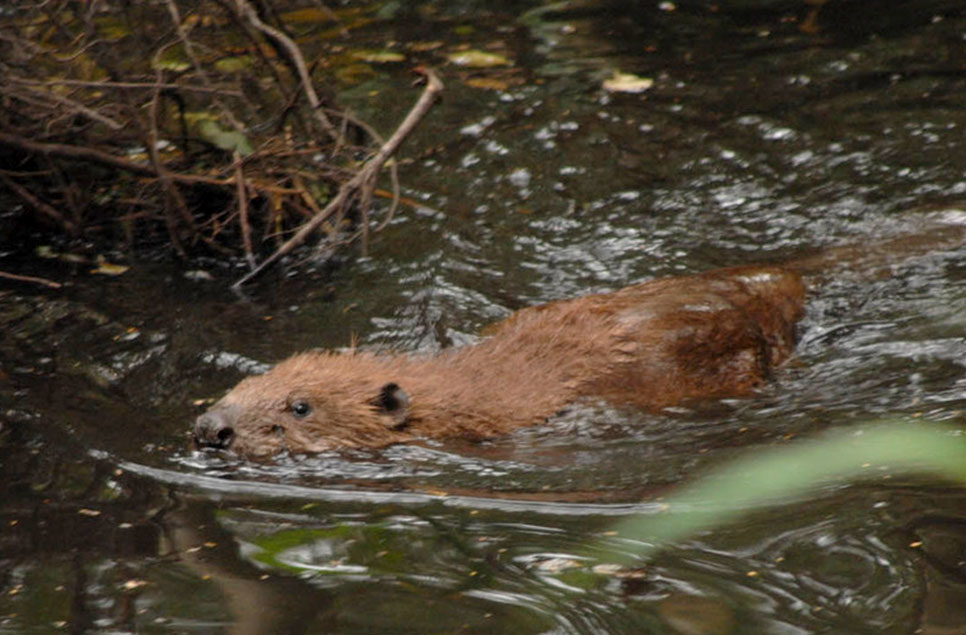
Not just for birds: wetland mammal stars
As bird-mad as we are at WWT, it’s not all about our feathered friends. Wetlands make the perfect home for a wide range of species including a number of marvellous mammals. Otters, water voles, beavers and bats are all wetland specialists.
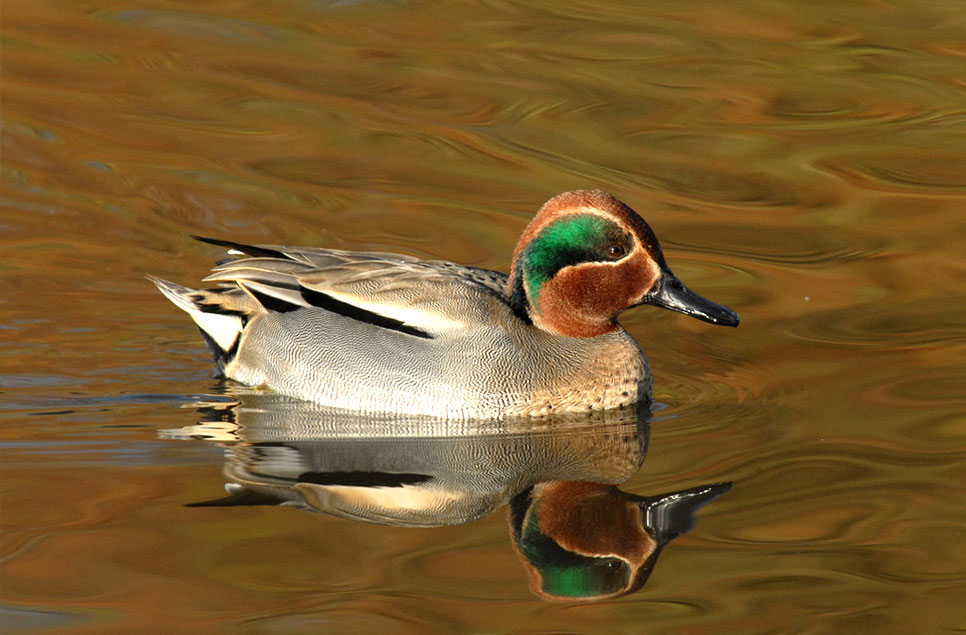
Autumn photography tips: how to capture that golden autumn light
Whether it's snapping those tricky starling murmurations or capturing great migrations, autumn in wetlands has a lot to offer photographers. Top wildlife photographer Chris Gomersall shares his essential tips to make the most of autumn.
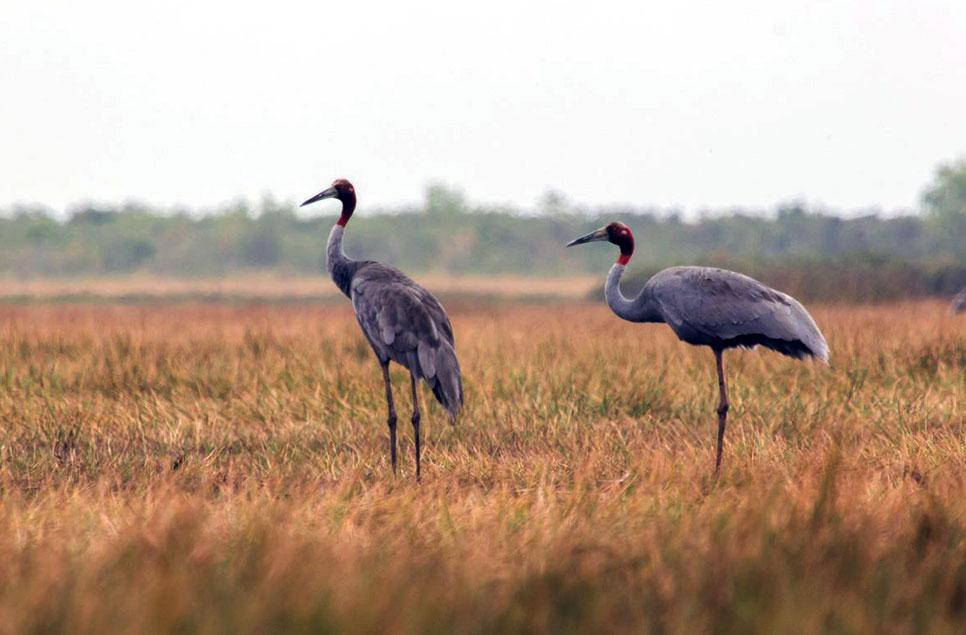
Cambodia: the kingdom of wetlands
Cambodia is one of the most wetland dependant countries in the world. More than 46% of its people live and work in wetlands and 80% of the population rely on them for food. Yet protecting wetlands in Cambodia is a complex and challenging issue.

Fact file: Saltmarshes and mudflats
Saltmarshes and mudflats are tidal wetlands that are intermittently submerged with water, forming in sheltered coastal areas. They have a huge amount of biodiversity, and are valuable to humans as efficient 'carbon sinks' and flood protection.
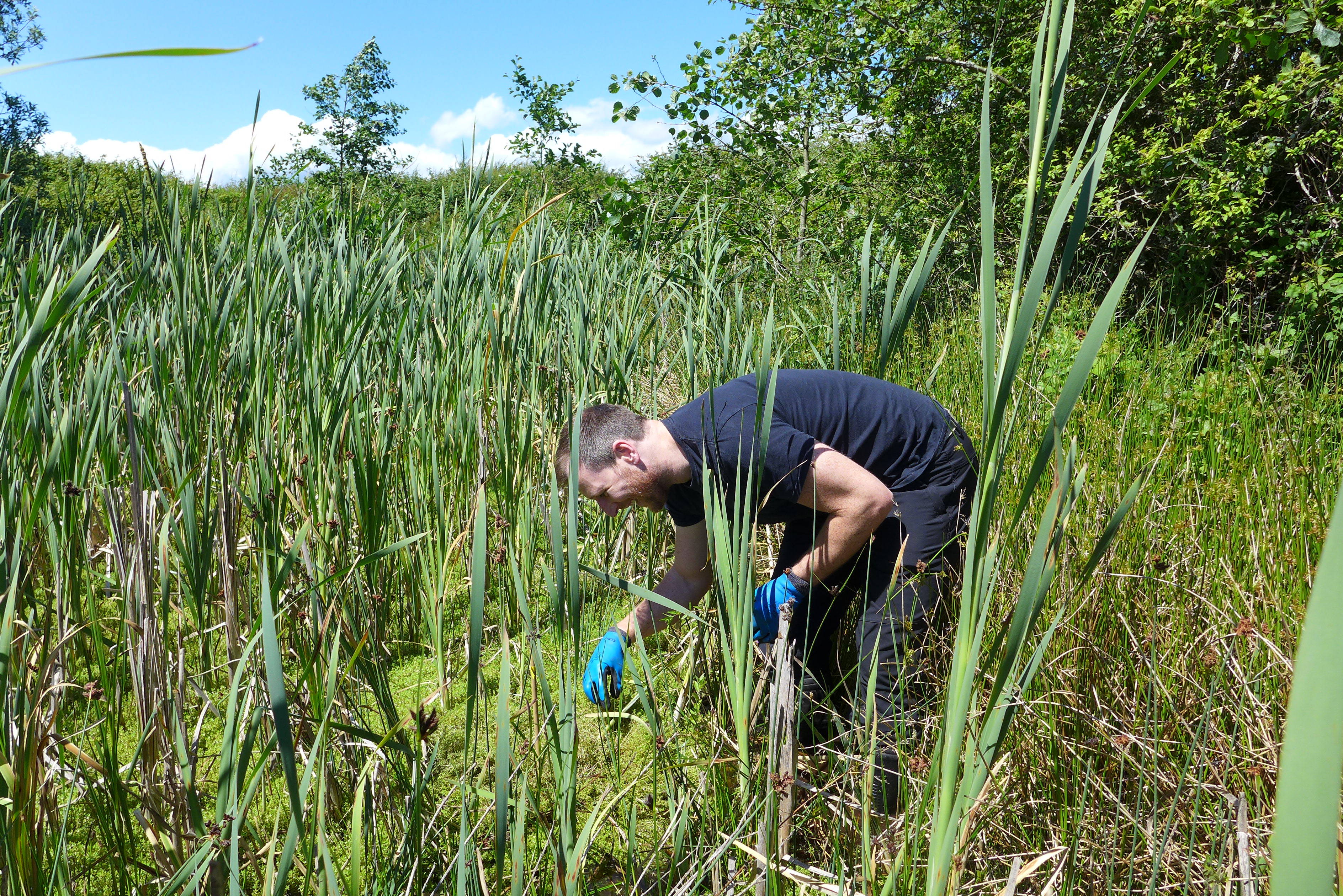
Alien Plant Meets a Mighty Foe at Llanelli Wetland Centre
In a first for Wales, a microscopic sap-sucking mite has been introduced in a bid to help control invasive Australian wetland plant Crassula that chokes up bodies of water and vastly out-competes our native plants.
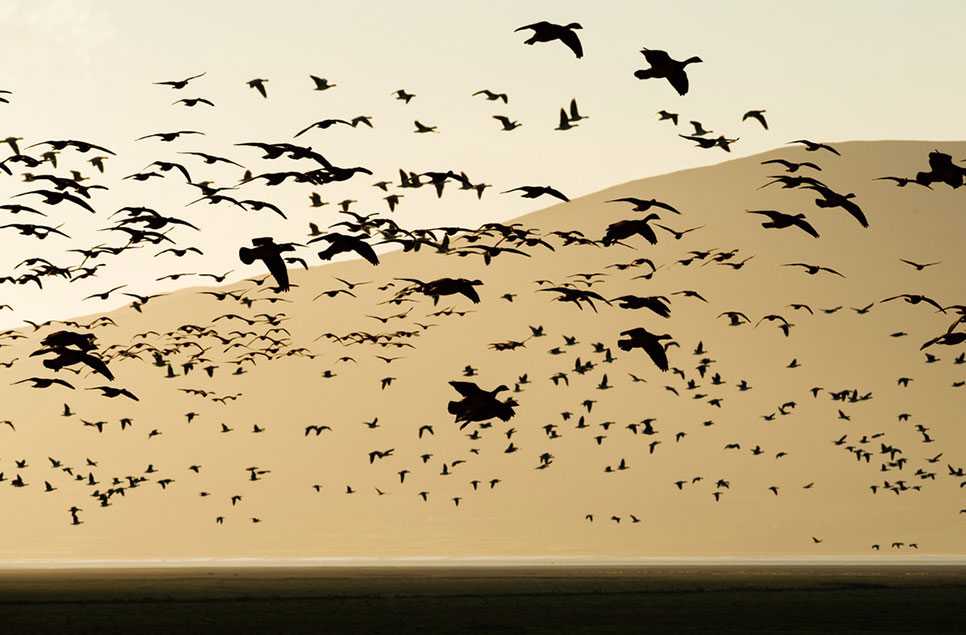
Wild barnacle geese take climate action
2019 research has shown that migratory barnacle geese are actively adjusting their traditions to climate change, shifting their migration routes within the last 25 years.
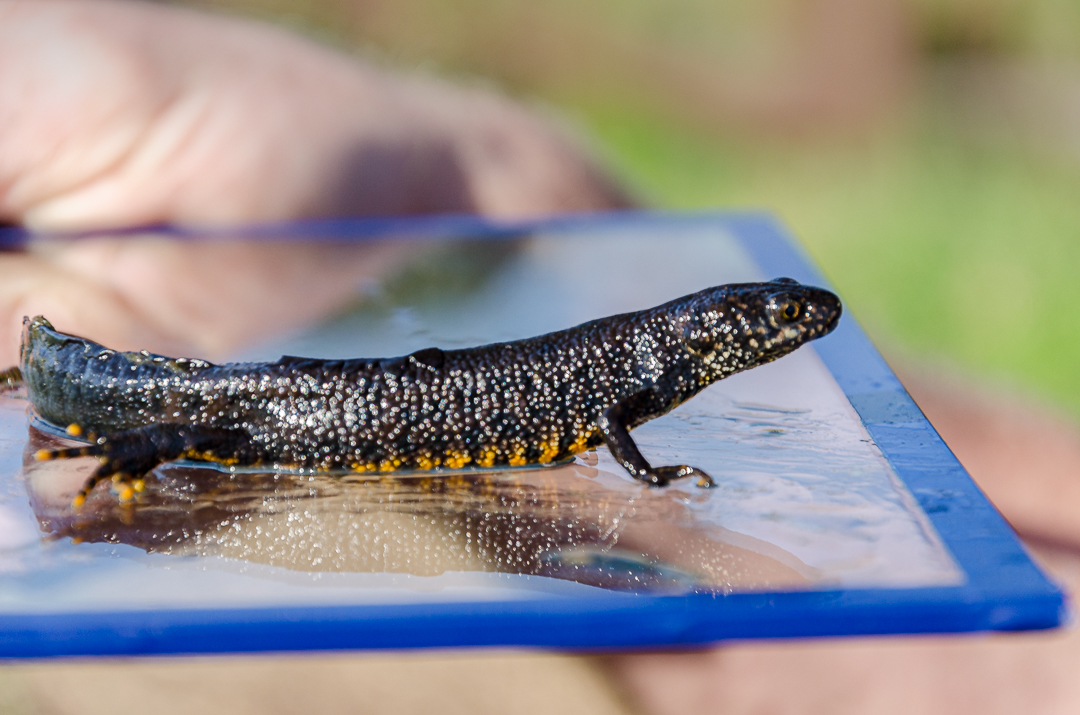
Have we got newt for you!
North East wetland reserve helps the local population of protected great-crested newt thrive
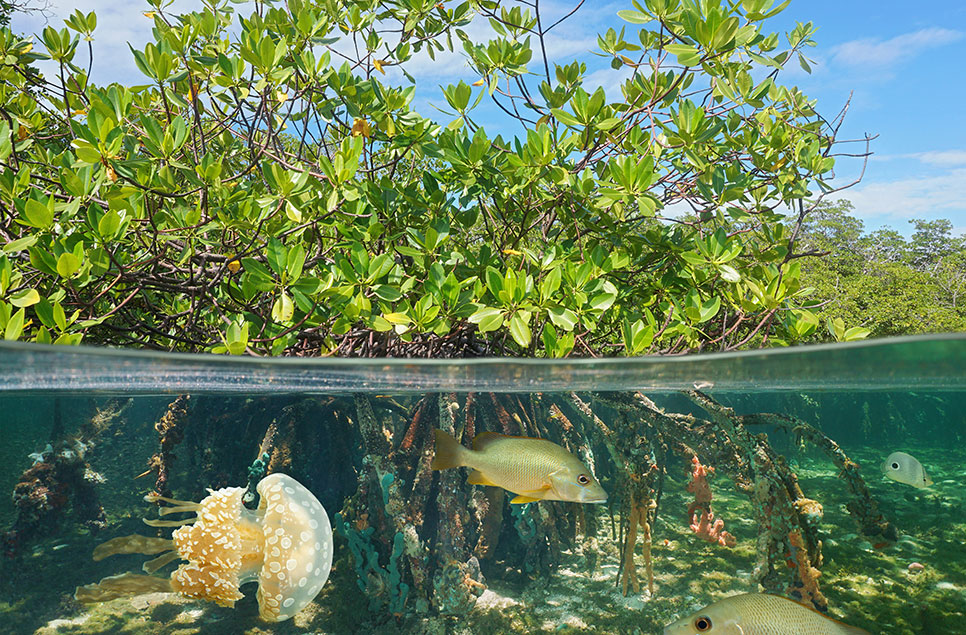
Mangroves: The incredible salt-water wetland forests
Most trees could not tolerate the sorts of conditions that mangrove forests thrive in. These unique trees are tough. They’re survivors. But now they’re facing their greatest challenge yet: humans
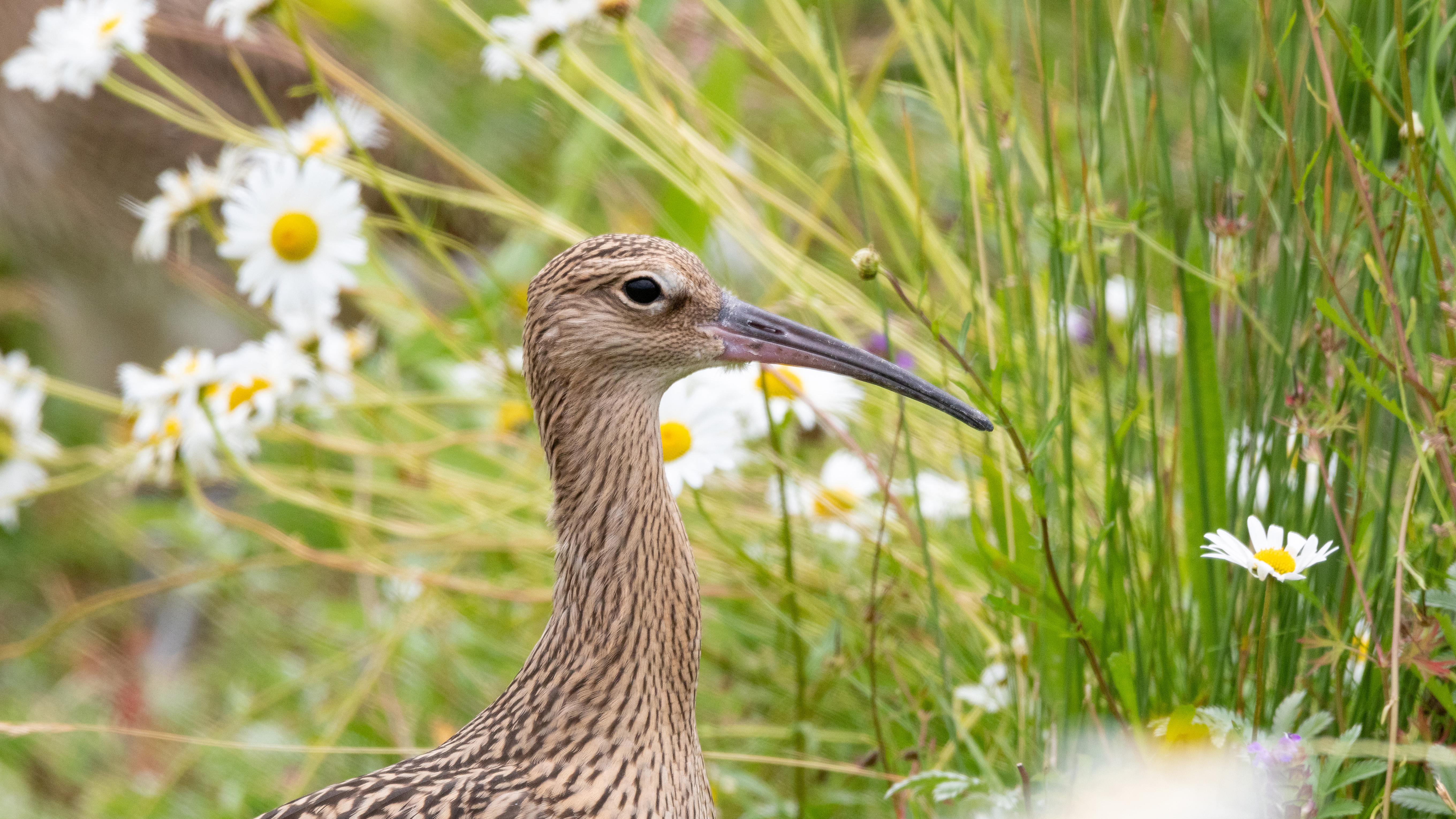
Hand-reared curlews released at Slimbridge
Dozens of hand-reared curlews have been released onto the Slimbridge reserve as part of a trial to conserve the species in lowland England.
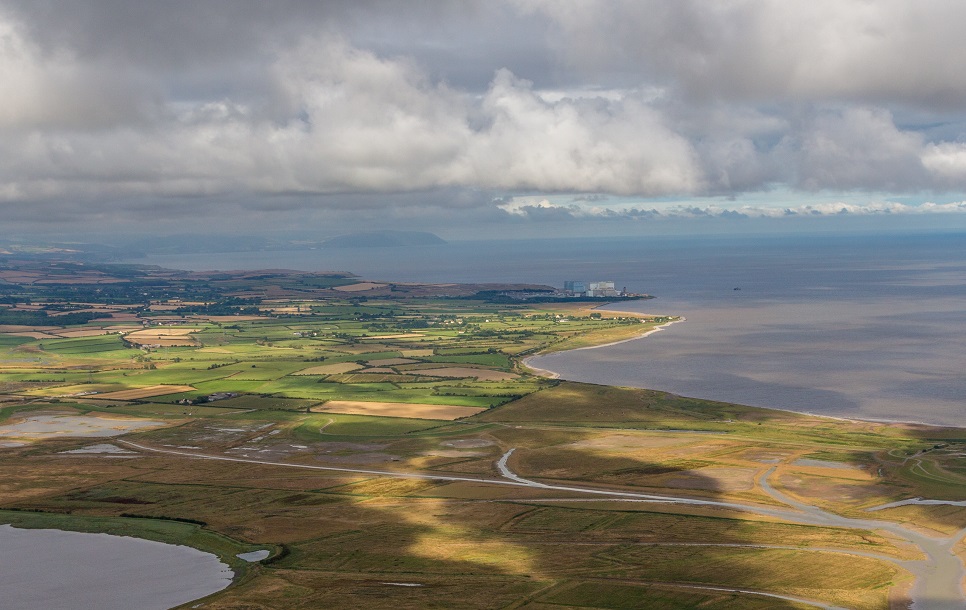
Giant plughole poses serious threat to sea life in the UK's largest estuary
Up to half a million fish each day will be sucked into Hinkley Point C nuclear power station if it is allowed to install a “giant plughole” in one of the UK’s heaviest protected marine areas, the Severn Estuary.

What is the IUCN Red List, and how is it used to track biodiversity loss?
The IUCN Red List is the most well-known assessment of species populations worldwide. It consists of nine threat categories. The latest assessment from the IUCN Red List in 2019 shows that more than 28,000 species are threatened with extinction.